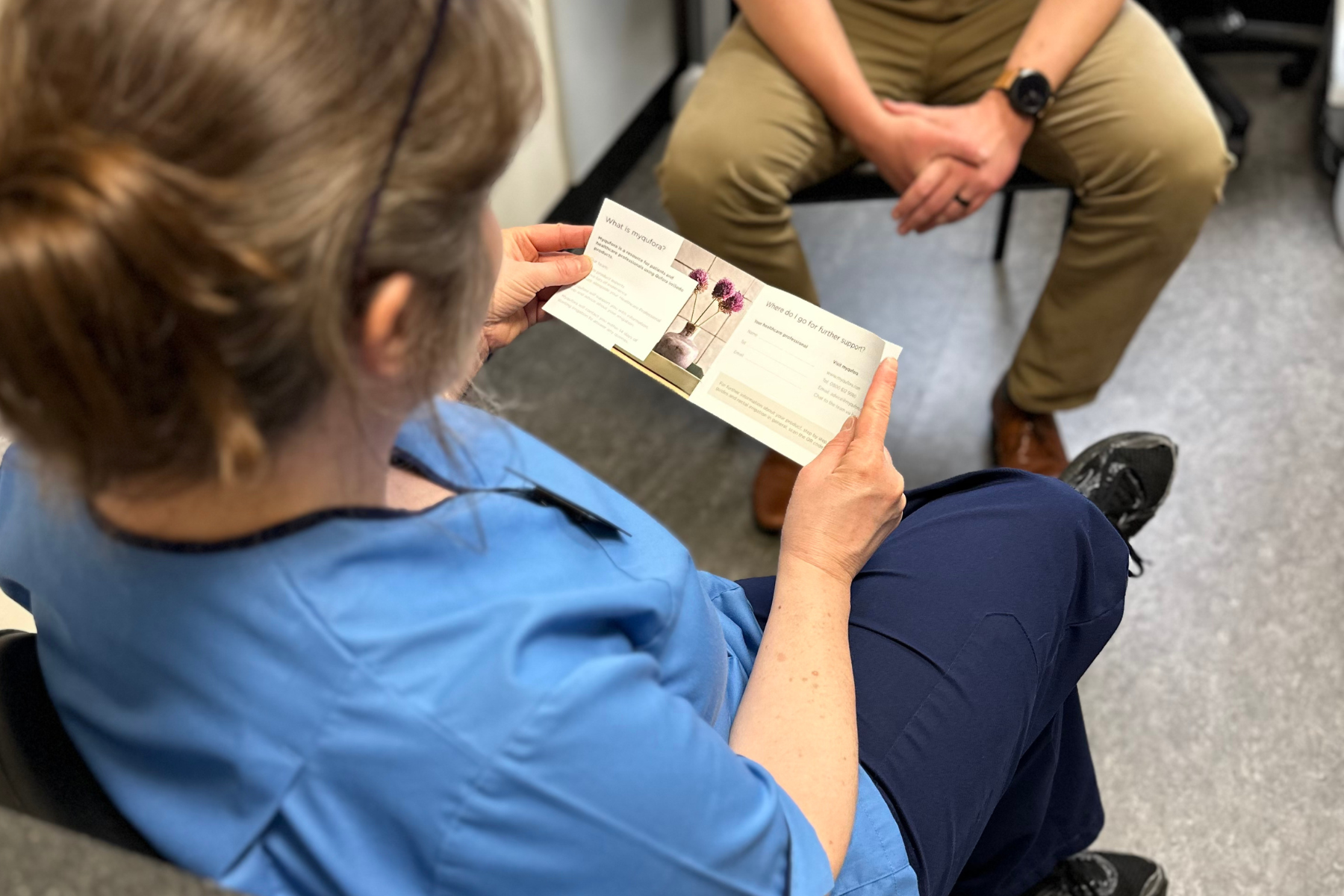By Brigitte Collins and Michelle Henderson
For many years the clinical team at MacGregor Healthcare have had the privilege of working with adults living with bowel dysfunction. Involvement with children and bowel problems was appreciably limited. For that reason, Brigitte attended a meeting of paediatric specialist nurses where she was able to discuss bowel problems, pathways, and management in children. The expertise of specialists in the meeting provided an eminent insight into this population and the availability of bowel management and treatment options. It materialises that bowel management in children is none too dissimilar to adult bowel management.
Nevertheless, management of bowel dysfunction in children, whether idiopathic or due to a range of congenital or acquired anomalies, can be a major challenge to families, carers, and healthcare professionals (HCPs). Symptoms of constipation and faecal incontinence affect quality of life, with children experiencing low self-esteem, social isolation, and depression. Therefore, early intervention is crucial to improving and supporting the child to live a happy and fulfilled life. Simultaneously, preventing transition of bowel management to adult clinics.
Treatment options can vary from centre to centre. Many services are now including transanal irrigation (TAI) as a therapy, which advanced on the back of Shandling and Gilmour (1987) who designed the first enema continence catheter where 112 children with spina bifida achieved continence. Since 1987 rectal irrigation devices have increased in numbers and changed in design.
A literature review by Caponcelli et al, in May 2021 has looked at the effectiveness of TAI in children and provided a consensus on the use of TAI in this population for constipation/faecal incontinence. This involved ten specialists in the field using existing literature with a range of appropriate search terms. Twenty articles were identified between 1981-2017, which met the reviews inclusion criteria and had a total of 916 patients. In the review, following the introduction of TAI, 89% of patients showed clinical improvement with an increased degree of continence and reduction of encopresis episodes, thus underlining TAI effectiveness. Although, some of the articles included were pre-development of today’s products designed specifically for TAI.
Caponcelli and colleagues (2021) emphasise “there is currently no unanimous consensus on how to deal with bowel dysfunction in paediatric patients”. However, the belief is, their study indicates that there are fundamentals to a TAI treatment plan where promoting a structured and customised approach ensures individuals receives a personalised bowel management programme. In essence this means ensuring conservative measures have been unsuccessful and when prescribing TAI specific elements, such as clinical history, parental/caregiver compliance, psychological implications and motivation require consideration. Additionally, individual training of TAI augments the best results. At the same time, ongoing follow up is essential for supporting patients to limit the possible drop-out in the long-term.
Brigitte highlights: Overall, a thought-provoking article, which may possibly help the novice in developing services for bowel management and TAI. The information that I gleaned from my meeting may not illustrate one obvious bowel management treatment pathway. However, the expertise of the paediatric nurses clearly demonstrated that the recommendations from Caponcelli et al, (2021) are already being used in their practice, which in my mind can only suggest success in managing bowel dysfunction for their caseload of children.
References:
Shandling B, Gilmour RF (1987) The enema continence catheter in spina bifida: successful bowel management. Journal of Pediatric Surgery. 22:271-3.
Caponcelli E, Meroni M, Brisighelli G, Rendeli C, Ausili E, Gamba P, Marte A, Iacobelli BD, Lombardi L, Leva E, Midrio P. (2021) Transanal irrigation (TAI) in the paediatric population: Literature review and consensus of an Italian multicentre working group. Pediatr Med Chir, 43(1).







